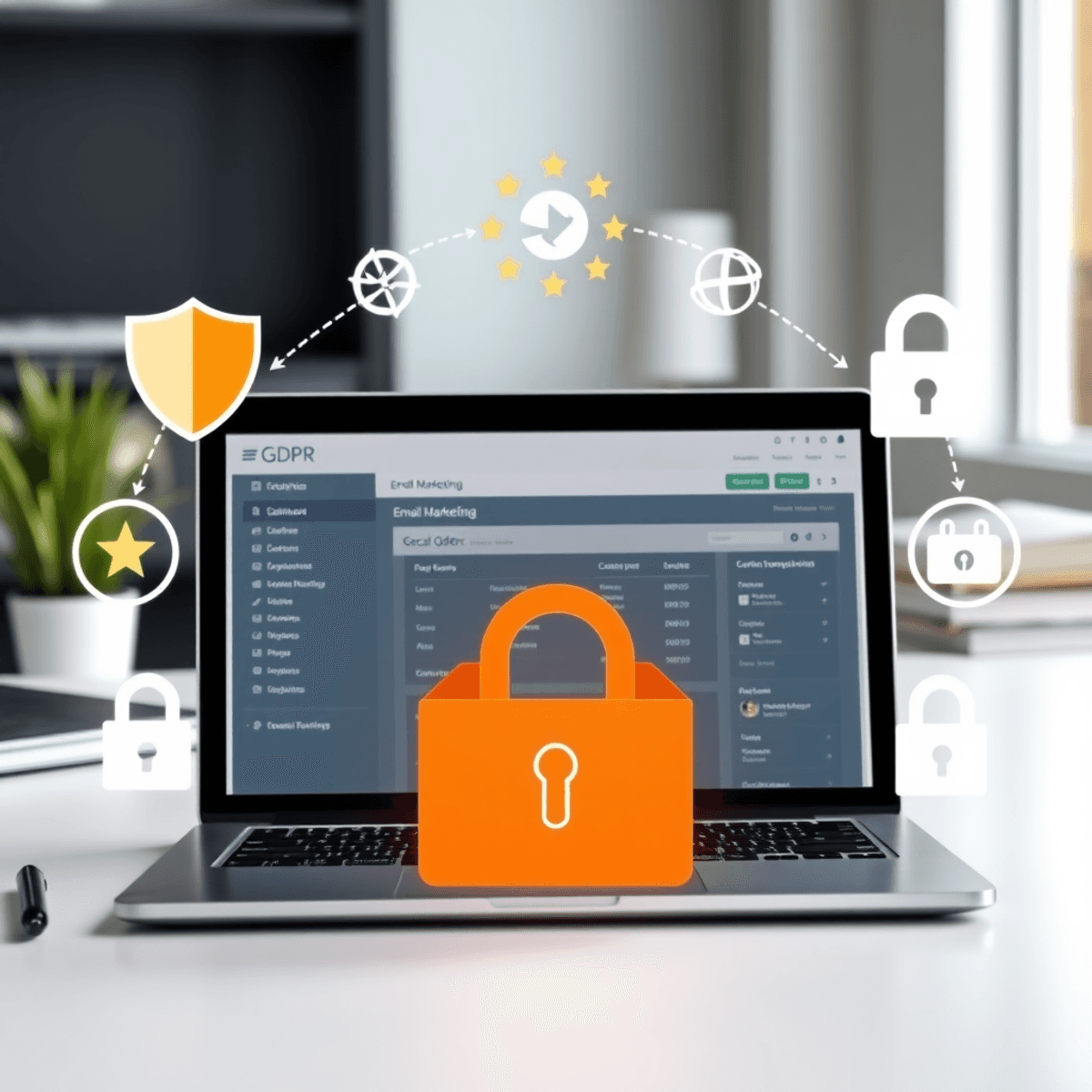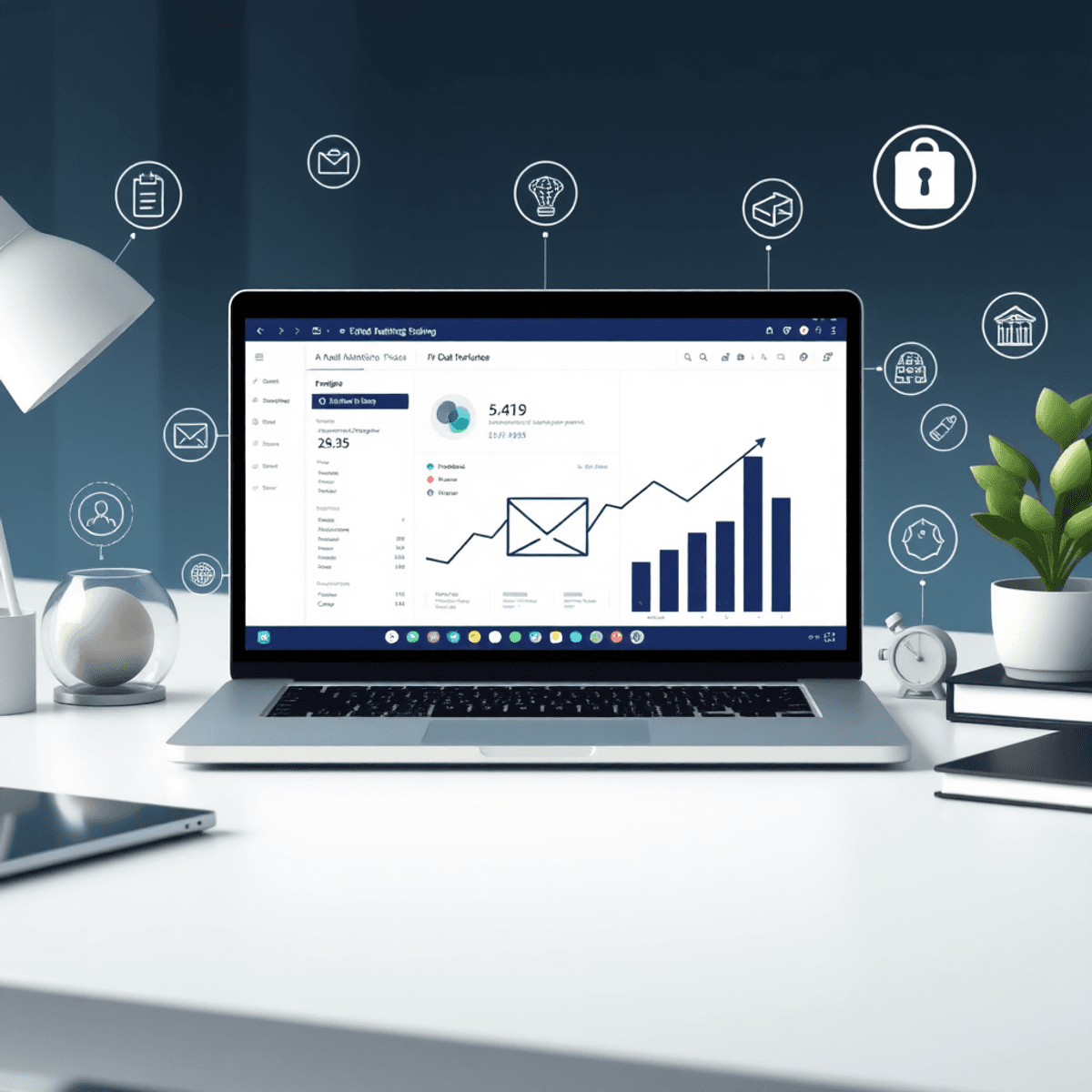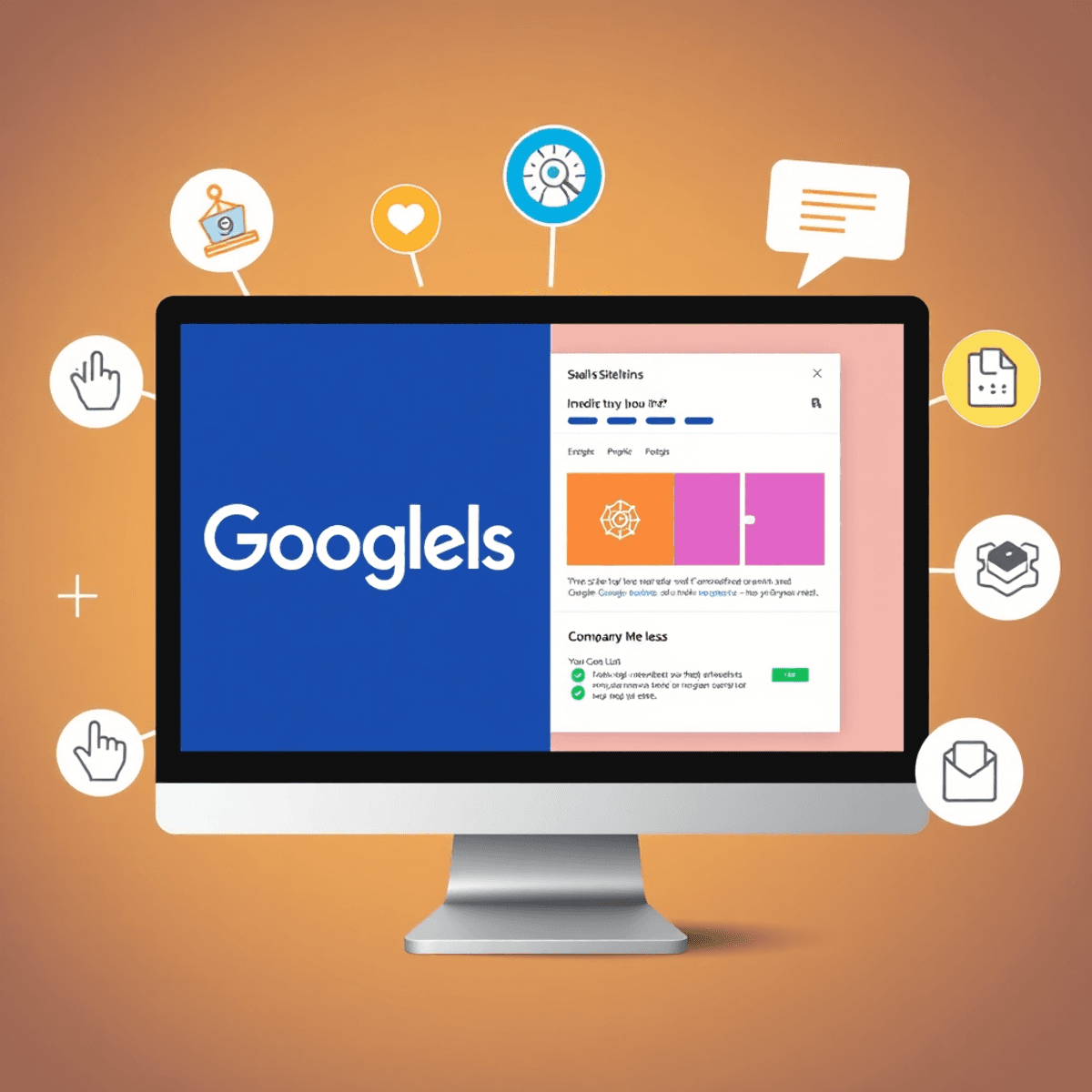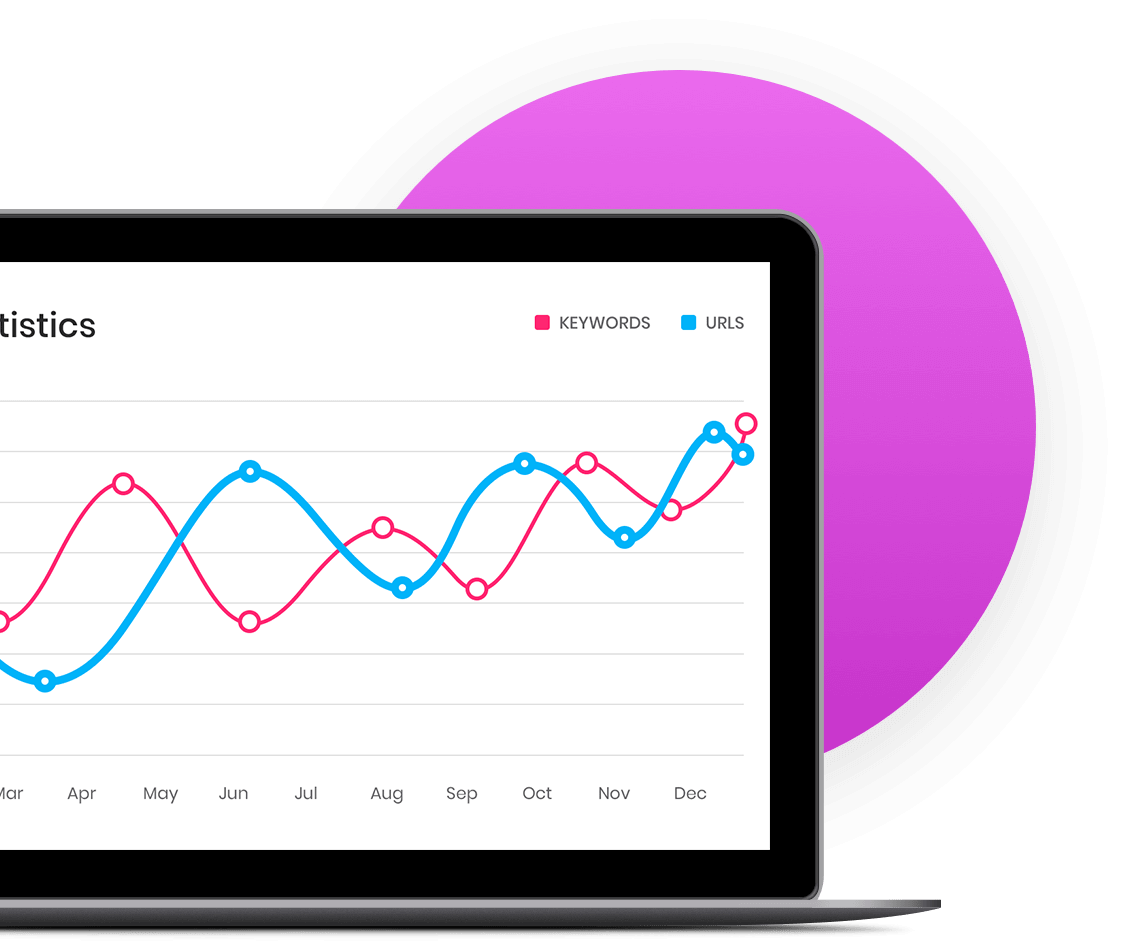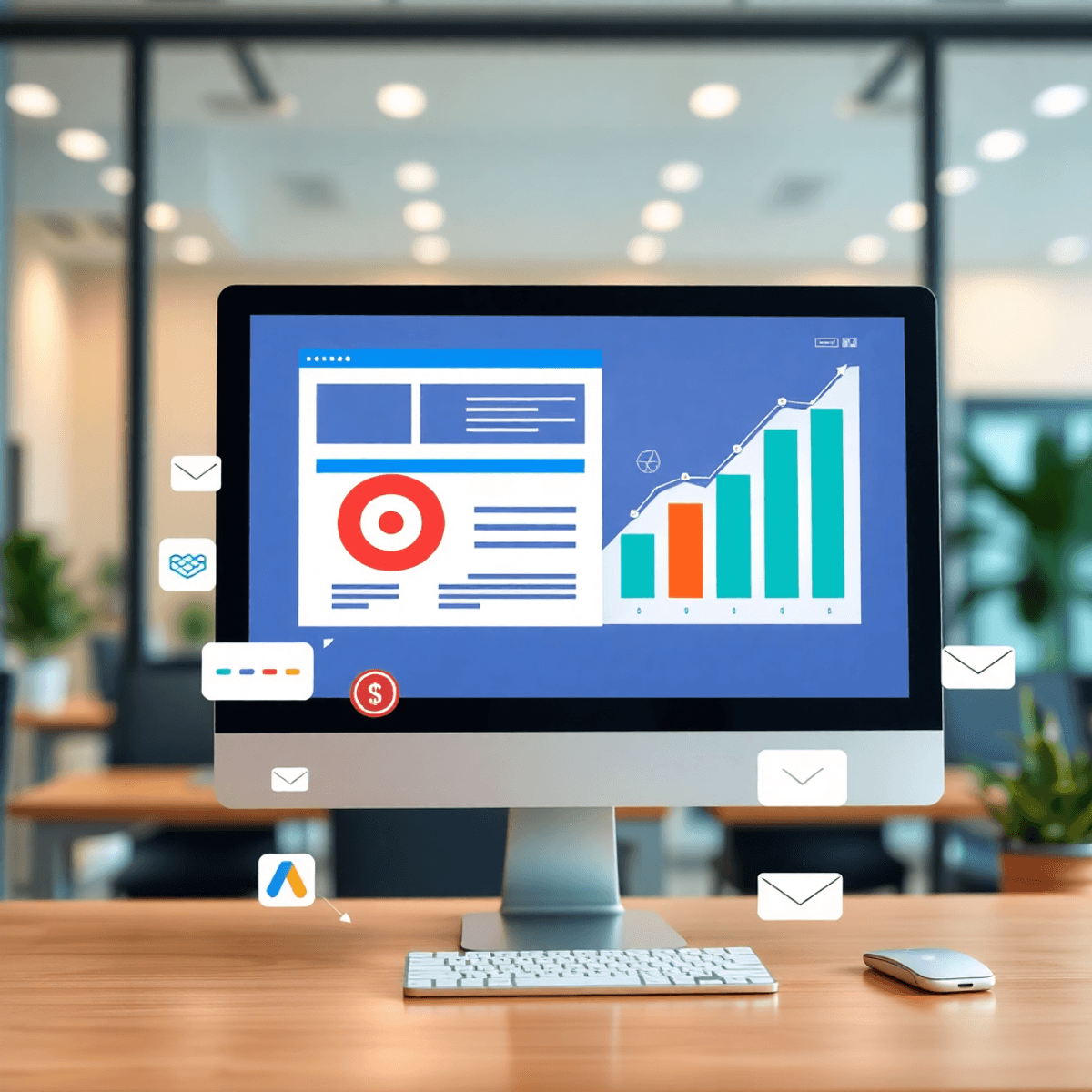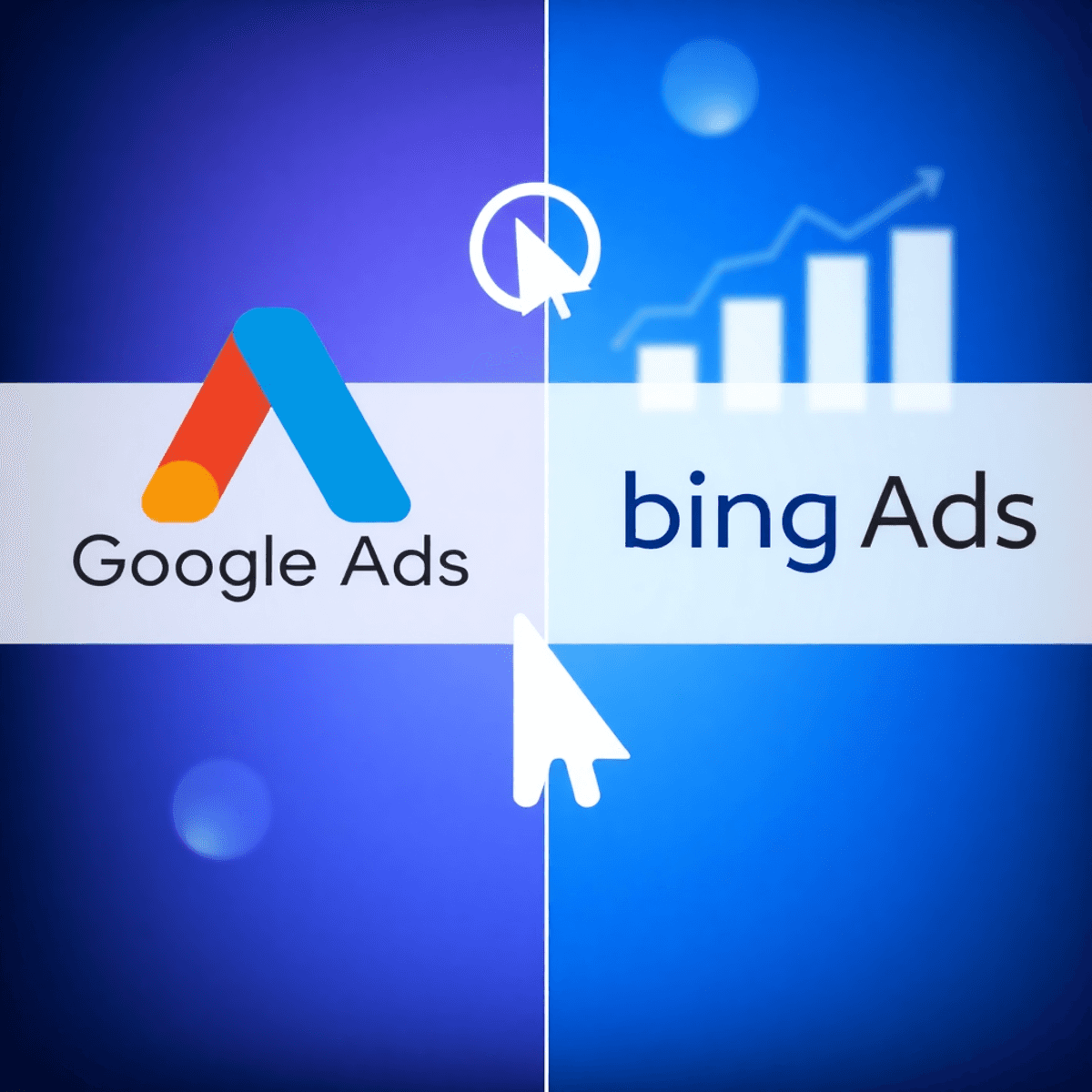Email marketing continues to evolve at a rapid pace, with 2025 bringing transformative changes to how businesses connect with their audiences. The digital landscape has shifted dramatically, driven by technological advancements, changing consumer behaviours and heightened privacy expectations.
Key developments shaping email marketing in 2025 include:
- AI-powered personalisation revolutionising content creation and delivery
- Enhanced privacy measures reshaping tracking and analytics
- Interactive elements transforming traditional email formats
- Sustainable practices becoming essential for responsible marketing
These changes present both challenges and opportunities for businesses aiming to maintain effective email communication strategies. Staying ahead of these trends isn’t just beneficial – it’s crucial for survival in the competitive digital marketplace.
At Alloy Marketing, we’ve spent over a decade helping businesses navigate the complexities of digital marketing. Our team’s combined 50+ years of experience has proven invaluable in anticipating and adapting to industry shifts. We’ve consistently delivered measurable outcomes through our data-driven approach, helping clients across various sectors – from emerging SMEs to established franchises – achieve their marketing objectives.
This guide explores the most significant email marketing trends for 2025, providing actionable insights to help your business thrive in this evolving digital landscape.
As a part of our comprehensive services, we offer a results-driven email marketing agency that aids businesses in converting and retaining customers through effective strategy, automation, design and delivery. Additionally, our expertise extends into areas like PPC, where we help businesses grow traffic, leads and conversions through targeted Google Ads paid search campaigns. To further enhance customer relationships and improve conversion rates, we also provide a professional CRM setup service that equips businesses with vital functionality tailored to their needs.
1. The Rise of Interactive Emails
Interactive emails transform traditional static messages into dynamic, engaging experiences. These emails enable subscribers to take actions directly within the email interface, creating a seamless user experience without redirecting to external websites.
Key Interactive Elements:
- Clickable image carousels
- Add-to-cart functionality
- Live polling and surveys
- Interactive forms
- Real-time countdown timers
- Animated buttons and calls-to-action
Real-time data segmentation amplifies the impact of interactive emails by delivering personalised content based on subscriber behaviour and preferences. This intelligent targeting system analyses user interactions, purchase history and browsing patterns to create highly relevant email experiences.
Benefits of Data-Driven Segmentation:
- Increased click-through rates by up to 300%
- Enhanced customer satisfaction through relevant content
- Reduced unsubscribe rates
- Improved conversion rates
- Better ROI on email campaigns
By combining interactive elements with precise segmentation, brands can create memorable email experiences that drive engagement and foster lasting customer relationships.
2. Leveraging Artificial Intelligence in Email Marketing
AI technology has transformed email marketing by introducing advanced automation and personalisation capabilities. Modern AI systems analyse large amounts of data to predict subscriber behaviour, optimise send times and create subject lines that resonate with specific audience segments.
Key AI-powered capabilities:
- Smart content generation that adapts messaging based on user preferences
- Predictive analytics for forecasting campaign performance
- Automated A/B testing for continuous optimisation
- Dynamic product recommendations tailored to individual browsing history
The use of AI in email marketing strategies has shown significant productivity gains. Businesses report up to a 70% reduction in campaign creation time while achieving higher engagement rates through highly personalised content.
AI algorithms are particularly good at identifying patterns in subscriber behaviour, which enables marketers to:
- Segment audiences more accurately
- Create targeted content variations at scale
- Optimise delivery schedules for maximum impact
- Predict customer lifetime value
These advanced capabilities allow marketing teams to focus on developing strategies while AI takes care of the data-intensive tasks involved in optimising and personalising campaigns. However, it’s important to remember that these strategies should be supported by strong SEO practices to maximise visibility and reach.
For businesses looking for effective ways to improve their online presence, partnering with a results-driven SEO agency can be beneficial.
Furthermore, as companies expand their reach, implementing local SEO strategies can help them rank higher in local search results and attract more customers.
Additionally, using AI alongside professional CRM consulting services can streamline processes, enhance customer satisfaction and ultimately boost sales.
3. Enhancing Privacy and Security Measures for Better Deliverability
Email security is a critical priority in the digital landscape of 2025. Implementing strong authentication protocols is essential for maintaining deliverability rates and protecting brand reputation.
Key Authentication Standards:
- SPF (Sender Policy Framework)
- Verifies legitimate email sources
- Prevents domain spoofing attempts
- Establishes authorised sending servers
- DKIM (DomainKeys Identified Mail)
- Creates digital signatures for each email
- Ensures message integrity during transit
- Validates sender authenticity
- DMARC (Domain-based Message Authentication, Reporting & Conformance)
- Combines SPF and DKIM protocols
- Provides detailed reporting on authentication results
- Sets specific handling policies for failed authentications
The adoption of Brand Indicators for Message Identification (BIMI) represents a significant advancement in email marketing security. BIMI displays verified brand logos directly in recipients’ inboxes, creating immediate visual trust signals. This authentication method requires strict DMARC enforcement, pushing organisations to maintain robust security standards whilst enhancing brand visibility.
Research indicates that properly authenticated emails experience up to 25% higher deliverability rates, making these security measures essential for successful email marketing campaigns in 2025. Companies implementing these protocols demonstrate their commitment to data protection, building stronger relationships with their audience through enhanced trust and reliability.
4. Adapting to Changing Metrics and Analytics Beyond Open Rates
Privacy changes across email platforms have disrupted traditional email marketing metrics. Apple’s Mail Privacy Protection and similar initiatives have made open rates increasingly unreliable as performance indicators.
Smart marketers now track these key performance metrics:
- Click-Through Rate (CTR): Measures genuine engagement by tracking the percentage of recipients who click on email links
- Conversion Rate: Tracks successful completions of desired actions (purchases, sign-ups, downloads)
- Revenue Per Email (RPE): Calculates the average revenue generated from each email sent
- List Growth Rate: Monitors the health of your subscriber base
- Unsubscribe Rate: Indicates content relevance and audience satisfaction
These metrics provide a clearer understanding of campaign success in 2025’s privacy-focused landscape. Successful email marketers combine multiple data points to create comprehensive performance dashboards.
Advanced Analytics to Consider:
- Subscriber lifetime value
- Email client distribution
- Device preference patterns
- Geographic engagement trends
- Time-based interaction patterns
Modern email platforms integrate AI-powered analytics tools to identify patterns and predict future campaign performance. These insights enable marketers to refine targeting strategies and optimise content delivery for maximum impact.
The shift towards privacy-conscious metrics has pushed brands to focus on creating genuinely engaging content that drives measurable actions rather than relying on surface-level engagement statistics.
5. Lifecycle Email Automation for Enhanced Engagement Throughout the Customer Journey
Lifecycle email automation transforms customer communications into a sophisticated, personalised journey. This strategic approach delivers targeted messages at specific touchpoints in the customer relationship.
Key Stages of Automated Email Sequences:
- Welcome Series: Introduces brand values, products and sets expectations
- Engagement Nurturing: Shares relevant content based on browsing behaviour
- Purchase Follow-up: Confirms orders, provides tracking and requests feedback
- Re-engagement: Reactivates dormant customers with personalised offers
- Loyalty Building: Rewards frequent buyers and encourages brand advocacy
Successful lifecycle automation relies on precise trigger points and customer data integration. A first-time visitor might receive a welcome discount, whilst a loyal customer gets exclusive preview access to new products.
Our data shows businesses implementing lifecycle email automation see up to 320% higher revenue per email compared to non-automated campaigns. The key lies in delivering value-driven content that matches the customer’s current relationship stage with your brand.
6. Integrating Omnichannel Communication Strategies for a Cohesive Customer Experience
Modern customers interact with brands across multiple touchpoints, making a unified communication approach essential. Successful email marketing in 2025 requires seamless integration with other channels to create a consistent brand experience.
Key Integration Channels:
- SMS messaging for time-sensitive updates
- Social media platforms for community engagement
- Push notifications for immediate alerts
- Mobile app communications for loyal customers
- Website personalisation based on email behaviour
Brands implementing omnichannel strategies report a 287% higher purchase rate when using three or more channels compared to single-channel campaigns. This integration allows for strategic message timing – sending emails for detailed information whilst using SMS for urgent updates.
The key lies in data synchronisation across platforms. When a customer interacts with an SMS message, their email preferences automatically update, creating a responsive communication ecosystem. This coordinated approach prevents message fatigue and ensures each channel complements rather than competes with others.
Leading brands now use AI-powered tools to orchestrate these multi-channel communications, delivering personalised messages at optimal times across preferred channels.
7. Gamification Techniques to Boost Subscriber Interaction and Retention
Gamification in emails transforms passive subscribers into active participants through engaging, game-like elements. Our research shows a 150% increase in click-through rates when incorporating interactive gaming mechanics into email campaigns.
Popular gamification techniques include:
- Digital scratch cards revealing exclusive discounts
- Spin-the-wheel promotions for instant rewards
- Points-based loyalty programmes tracked via email
- Interactive quizzes with personalised product recommendations
- Virtual treasure hunts across multiple emails
These elements tap into fundamental human motivations: competition, achievement and reward. Brands like Nike successfully use gamified emails to encourage workout tracking and goal completion, whilst Starbucks implements a star-based reward system that drives repeated engagement.
To implement effective email gamification:
- Set clear objectives and reward structures
- Keep mechanics simple and intuitive
- Ensure mobile compatibility
- Test different game types with your audience
- Track engagement metrics to optimise performance
The psychological impact of gamification creates deeper emotional connections with subscribers, leading to increased brand loyalty and reduced unsubscribe rates.
8. Content Localisation and Video Integration: Expanding Reach and Driving Engagement
Global markets demand personalised experiences. Content localisation goes beyond simple translation – it includes understanding cultural differences, regional preferences and local buying habits. Our data shows that emails with localised content have 45% higher engagement rates compared to generic campaigns.
Key elements of successful localisation:
- Being sensitive to cultural differences in imagery and colours
- Offering promotions and pricing specific to each region
- Mentioning local holidays and seasonal events
- Sending emails at times suitable for each time zone
- Providing products that are specific to each market
Video integration has become a powerful tool for engaging customers in email marketing. Studies show that emails with videos have a 300% increase in click-through rates.
Effective video email strategies:
- Using thumbnail images with play buttons to encourage clicks
- Keeping videos short (30-60 seconds)
- Showcasing products through demonstrations
- Including customer testimonials
- Offering behind-the-scenes looks at your brand
Many email clients now support embedded video playback, so there’s no need for external links. This seamless viewing experience keeps subscribers engaged within the email itself.
By combining localised content with strategic video placement, brands can create compelling campaigns that resonate with specific audience segments. Brands implementing these strategies report significant improvements in conversion rates and customer satisfaction scores.
9. Maintaining Healthy Subscriber Lists for Improved Deliverability Outcomes
A pristine subscriber list acts as the backbone of successful email marketing campaigns. Regular list maintenance proves essential for achieving optimal deliverability rates and maintaining sender reputation.
Key practices for maintaining list hygiene:
- Remove hard bounces immediately
- Monitor engagement patterns to identify inactive subscribers
- Implement a sunset policy for subscribers who haven’t engaged in 6-12 months
- Use double opt-in methods for new subscribers
- Validate email addresses at the point of collection
List segmentation based on engagement levels allows for targeted re-engagement campaigns before removing inactive subscribers. This proactive approach helps maintain high deliverability rates whilst preserving valuable subscriber relationships.
Impact of clean lists on deliverability:
- Reduced spam complaints
- Higher inbox placement rates
- Better engagement metrics
- Improved sender reputation
- Lower marketing costs
Regular list audits, combined with automated cleaning processes, ensure your email marketing efforts reach engaged subscribers who value your content. This targeted approach maximises ROI whilst maintaining compliance with email service provider requirements.
10. Embracing Environmental Responsibility in Email Marketing Practices
The digital carbon footprint of email marketing campaigns has sparked significant discussions within the industry. Each email sent contributes to energy consumption through data centres, network infrastructure and device usage. A single email with attachments can generate up to 50g of CO2.
Sustainable Email Marketing Practices:
- Optimise Email Size: Compress images before sending, use lightweight HTML templates and limit attachments to essential files.
- Smart List Management: Remove duplicate addresses, implement double opt-in and target engaged subscribers.
- Green Infrastructure Choices: Select eco-conscious email service providers, use data centres powered by renewable energy and partner with carbon-neutral hosting services.
Carbon-Conscious Campaign Strategies:
- Schedule sends during off-peak hours
- Reduce frequency without compromising engagement
- Implement sunset policies for inactive subscribers
- Use AMP technology for dynamic content loading
The shift towards eco-friendly email marketing aligns with growing consumer preferences for environmentally responsible brands. Companies implementing green email practices report improved brand perception and customer loyalty. This approach benefits both the environment and business outcomes, making it a crucial consideration for modern marketing strategies.
11. Newsletters as a Core Retention Tool: Building Trust Through Consistent Content Delivery
Newsletters remain a vital component of email marketing strategies in 2025, serving as powerful relationship-building tools. Research indicates that 78% of subscribers prefer newsletters as their primary source of brand updates.
Successful newsletters follow these key principles:
- Value-First Approach: Each edition delivers actionable insights, industry news or exclusive content that subscribers can’t find elsewhere
- Personalised Segments: Tailored content streams based on subscriber interests and behaviours
- Consistent Brand Voice: A recognisable tone that reflects brand personality and values
- Regular Publishing Schedule: Fixed delivery times that create anticipation and habit
The evolution of newsletter formats has introduced:
- Interactive polls and surveys
- Subscriber-exclusive content libraries
- Community-driven sections featuring user-generated content
- AI-powered content recommendations
Brands achieving high engagement rates implement micro-newsletters – shorter, focused editions that respect subscribers’ time while maintaining meaningful connections. These brief yet impactful communications have shown a 32% higher retention rate compared to traditional long-form newsletters.
12. Ensuring Accessibility Compliance in Emails: Meeting Legal Mandates and Catering to Diverse Audiences
Email accessibility has shifted from a nice-to-have feature to a legal requirement under the European Accessibility Act. This legislation mandates digital communications to be accessible to users with diverse abilities, including visual, auditory and cognitive impairments.
Key accessibility requirements include:
- Proper heading hierarchy for screen readers
- Sufficient colour contrast ratios
- Alt text for images
- Descriptive link text
- Logical reading order
- Compatible with assistive technologies
Creating accessible emails extends market reach whilst protecting organisations from legal complications. Research indicates that 15% of the global population experiences some form of disability, representing a significant audience segment that requires accessible communications.
Implementation strategies:
- Use semantic HTML structure
- Maintain font sizes above 14px
- Include plain text versions
- Test emails with screen readers
- Provide captions for video content
- Design with keyboard navigation in mind
Brands embracing accessibility standards demonstrate social responsibility whilst building inclusive relationships with their entire audience base. These practices align with both legal requirements and user expectations in the evolving digital landscape.
Conclusion
The email marketing landscape of 2025 demands a strategic blend of innovation, compliance and sustainability. From AI-powered personalisation to interactive elements and accessibility standards, successful email campaigns require marketers to stay agile and informed.
Creating a future-proof email marketing strategy means:
- Embracing technological advancements whilst maintaining human connection
- Prioritising data privacy and security measures
- Adopting sustainable practices that resonate with conscious consumers
- Building inclusive campaigns that reach diverse audiences
At Alloy Marketing, we help businesses navigate these evolving trends with proven expertise and data-driven solutions. Our commitment to delivering measurable results ensures your email marketing strategies remain effective and competitive in 2025 and beyond.
Ready to transform your email marketing strategy? Contact our team of experts today.
FAQs
What are interactive emails and how do they improve email engagement in 2025?
Interactive emails incorporate dynamic elements that encourage recipient interaction directly within the email content, such as polls, quizzes or real-time updates. This approach boosts user engagement by making emails more engaging and personalized. Combined with real-time data segmentation, interactive emails enable marketers to target audiences more precisely, enhancing campaign effectiveness.
How is Artificial Intelligence transforming email marketing strategies in 2025?
AI plays a pivotal role in automating smarter campaign creation and enabling hyper-personalization of email content. By leveraging AI-driven tools, marketers can generate tailored messages that resonate with individual recipients, improving productivity and campaign outcomes through efficient data analysis and content optimization.
Why are enhanced privacy and security measures critical for email deliverability in 2025?
Stricter authentication protocols like SPF, DKIM and DMARC have become essential to ensure email authenticity and protect brand reputation. The adoption of Brand Indicators for Message Identification (BIMI) further enhances brand visibility in inboxes. These measures improve deliverability rates by reducing spam risks and building trust with recipients.
Which email marketing metrics should marketers focus on beyond open rates due to privacy changes?
With traditional open rates becoming less reliable because of increased privacy protections, marketers should prioritize alternative metrics such as click-through rates (CTR), conversion rates, unsubscribe rates, revenue per email and overall return on investment (ROI) to better assess campaign performance and customer engagement.
How does lifecycle email automation enhance customer engagement throughout their journey?
Lifecycle email automation involves setting up automated email sequences tailored to different stages of the customer journey. This strategy ensures timely and relevant communication that nurtures leads, encourages repeat purchases and strengthens customer relationships by delivering personalized content aligned with user behavior.
What role does omnichannel communication play in creating a cohesive customer experience in 2025?
Integrating email marketing with other channels such as SMS creates a seamless omnichannel experience that meets customers where they are. This cohesive strategy enhances engagement by providing consistent messaging across platforms, improving response rates and fostering stronger brand connections.

